Let’s get to know the SDB628 boost voltage booster module, a boot booster circuit called HW-668 (or SX-1308). Based on the SDB628 chip, you can find the datasheet here. If you want to buy this circuit board, click here.

Boost or step up means that its output voltage is higher than the input voltage. In the case of this chip, the input voltage is between 2 and 24V, with variable output up to 28V at 4A (theoretical limit not tested, according to the datasheet).
The test setup
I started my tests by making a cable to convert from USB to wires, as shown in the image below (green board and yellow and orange cables). The USB cable was connected to one of these cell phone chargers, the input voltage is therefore 5V. A multimeter on the voltage scale was used to measure the converter output.

Initially I placed a 1k Ohm resistor as a load at 12.3V, just a few milliamps. I didn’t hear any switching noise nor did I notice the converter heating up.
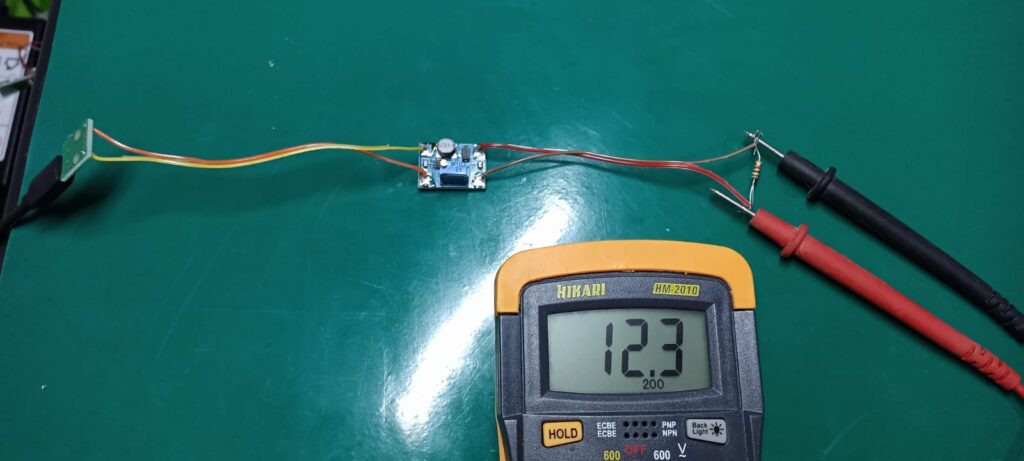
Then I tested it with a DC motor at 9.3V, the current was on average 100-120mA and the voltage remained constant. I also did not observe any audible switching noise or heating.
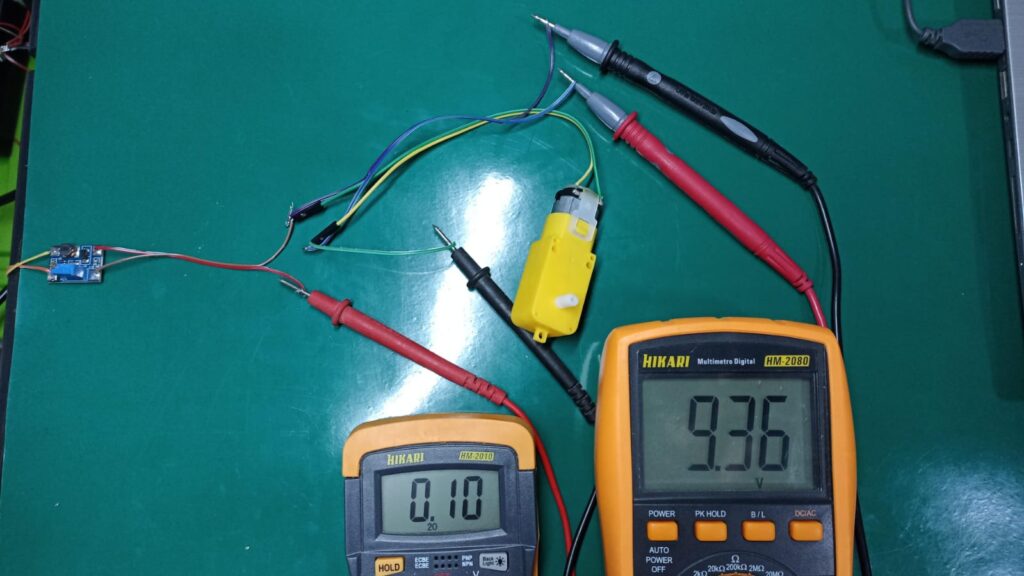
Finally I raised the voltage to 24V from 5V, again placing a 1k Ohm resistor as a load. I did not observe any audible noise or heating of the converter.
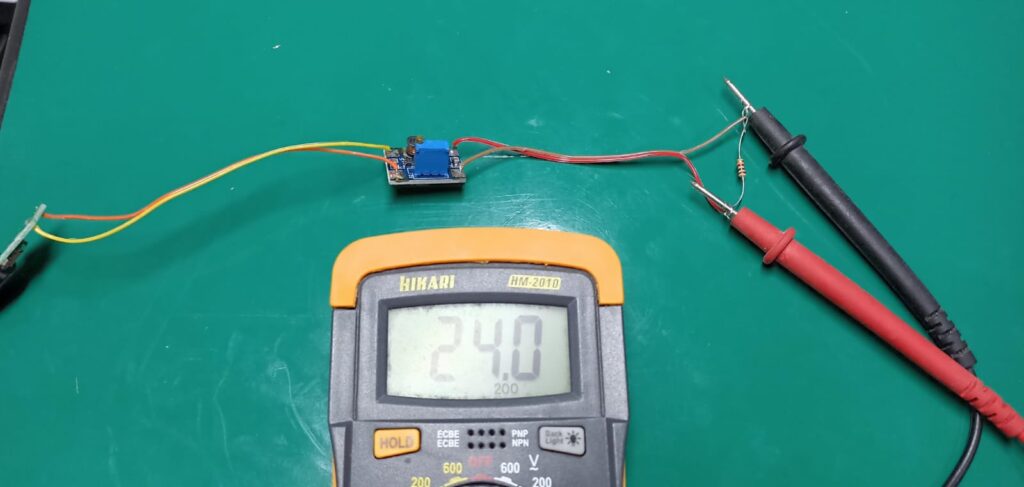
Final words
The SDB628 step up/boost converter was able to increase the voltage from 5V of the USB port to 9V, 12V and 24V. I tested it with current up to 120mA, but according to the datasheet it supports much more.
If you want to buy this boost/step up module, click here. If you want to learn more about the basics of electronics, check out this article about the PIR presence sensor.


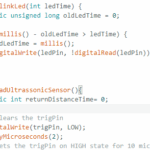
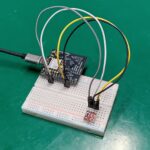
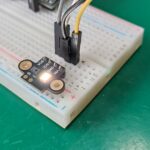
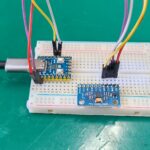
Leave a Reply